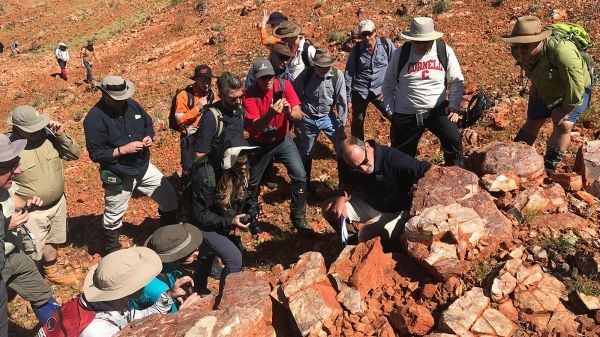As any geologist worth his or her salt will tell you, there are rocks, and then there are rocks. Next July, NASA and the European Space Agency (ESA) are launching rovers to Mars that will search for signs of past microbial life, and to find them, the scientists with NASA's Mars 2020 mission and ESA's ExoMars will need to examine different kinds of rocks that lend compelling insights into the environment in which they were made — all from 100 million miles away.
"While we expect to find many significant rocks during both Mars 2020 and ExoMars missions, we also have to leave open the possibility we could find one or more very special rocks, the kind whose discovery would not only speak volumes about the history of Mars but contribute significantly to the discussion of life elsewhere in the universe," said Ken Farley, Mars 2020 project scientist at Caltech in Pasadena.
Guided by Martin Van Kranendonk, director of the Australian Centre for Astrobiology at the University of New South Wales, members of the two missions' science teams went on an expedition to northwestern Australia's Pilbara region to analyze, discuss and debate stromatolites — structures preserved in rock that formed in water on early Earth and contain a fossilized record of ancient microbial life. Among the science teams' stops: a stromatolite cluster in a grouping of rock called the Dresser Formation that contains some of the oldest known fossilized records of life on our world.
Continue reading at NASA Science
Image via NASA


